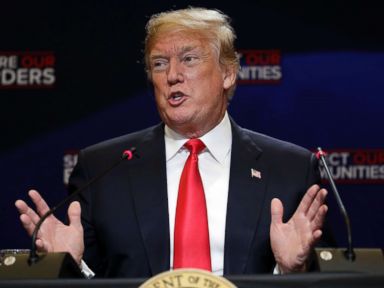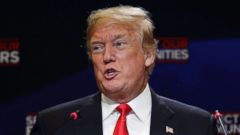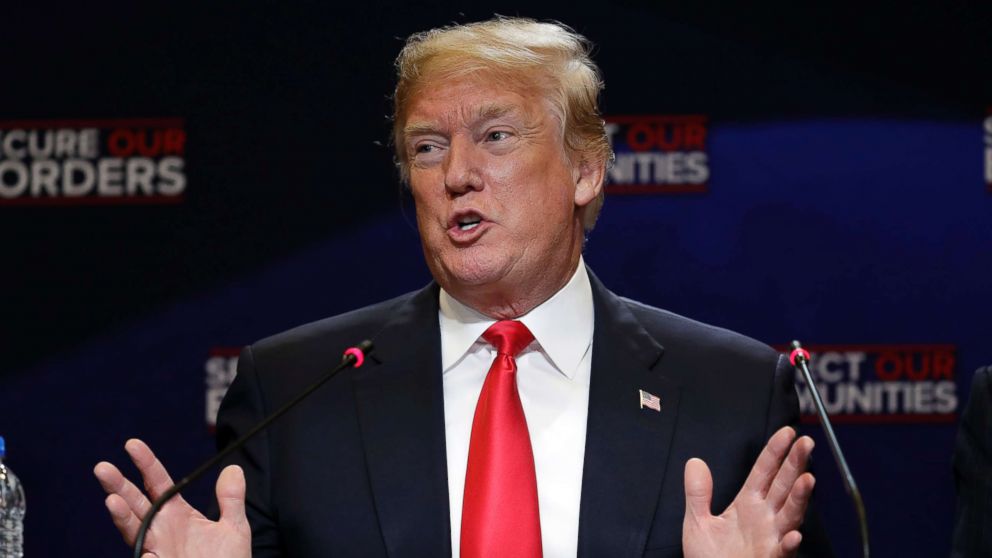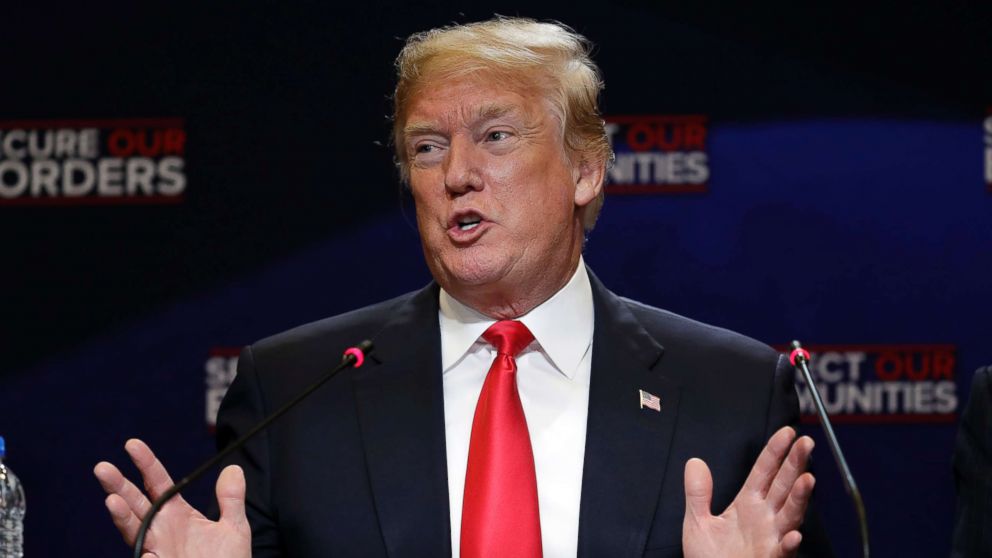






The Trump administration is pushing back against the public reaction to reports that the administration “lost” nearly 1,500 unaccompanied minors who attempted to cross the border into the United States.
The official at the Department of Health and Human Services who oversees programs that place unaccompanied minors with families told a Senate committee last month that a department office “was unable to determine with certainty the whereabouts of 1,475 unaccompanied alien children.”
Senators on that committee raised concern in the hearing that the government doesn’t know the status of those children and that they could be in danger of being trafficked. Reaction to the number has increased in the last week, with hundreds of thousands of tweets sharing news reports and hashtags working to bring attention to the issue.
The administration says the children aren’t “lost” but that the sponsor families, some of whom were relatives of the children, simply couldn’t be reached by officials.
Here is a fact-check on what you need to know about the debate over the immigrant children and their families.
Where are the children: What are the facts?
A number that was released a month ago has received a burst of attention on social media and among activists: the U.S. government has not heard from the families or guardians caring for 1,475 unaccompanied minors who’d attempted to cross the U.S.-Mexico border.
Some activists are saying these children were separated from their parents due to the Trump administration’s new policy.
But that accusation is a conflation of two different dynamics.
Between October and December 2017, officials in the Office of Refugee Resettlement, which is part of HHS, tried to reach 7,635 unaccompanied minor children whom they had placed with sponsors living in the United States. They were unable to determine “with certainty” the whereabouts of 1,475 of those children, according to testimony from Steven Wagner, the acting assistant secretary in the administration for children and families at HHS, which oversees the refugee resettlement office.
All of the children in that figure arrived before DHS changed its policy that children are separated from their relatives that cross the border illegally and most, if not all, arrived in the United States alone, meaning there were no parents or other adults with them when they tried to cross the border.
Why does it matter?
Despite the administration’s argument that they just haven’t been able to reach these guardians, Democrats and advocacy groups have raised serious concerns about the risks if the government can’t keep tabs on these minors.
In the hearing last month Sen. Rob Portman, R-Ohio, highlighted a situation he learned of in 2015 where eight unaccompanied minors from Guatemala were picked up by human traffickers and put to work on an egg farm in Marion, Ohio.
In that situation, he said the committee found that HHS didn’t properly vet the people taking custody of those children and that after that problem HHS and the Department of Homeland Security under the Obama administration agreed to work together to improve policies on following up with unaccompanied minors.
“It’s unacceptable that we can still be this bad at keeping track of these children and keeping them out of danger,” he said in last month’s hearing.
The subcommittee of the Senate Homeland Security Committee investigated that incident and issued a report that found the government did not have procedures in place to do background checks and follow up with the people taking custody of unaccompanied children.
In response to that report, HHS and the Department of Homeland Security agreed to coordinate on improved policies for keeping track of these minors, including instituting follow up calls.
So far in the 2018 fiscal year, more than 26,000 children have been taken into custody at the southwest border and almost 41,000 were apprehended in 2017.
What does the administration say?
A senior official at the Dept of Health and Human Services said the assertion that unaccompanied children are “lost” is a complete mischaracterization of the situation in a statement Monday.
Deputy HHS Secretary Eric Hargan said that the numbers are from follow-up calls from the Office of Refugee Resettlement and represented instances where the guardian or family of these children could not be reached by the office, in some cases because the family members are also illegal immigrants and do not want to communicate with federal authorities.
“These children are not ‘lost’; their sponsors—who are usually parents or family members and in all cases have been vetted for criminality and ability to provide for them—simply did not respond or could not be reached when this voluntary call was made,” Hargan said in a statement.
HHS says that just because those children are unaccounted for does not mean they are missing. Many of them have been placed with sponsors who themselves are in the United States illegally, so it would be logical for them not to answer a voluntary call from a federal agency checking up on their charge.
HHS officials said in a statement that there are underlying problems here that Congress needs to address.
Steven Wagner, acting assistant secretary for children and families, said the program “…is being abused. It was never intended to be a foster care system with more than 10,000 children in custody at an immediate cost to the federal taxpayer of over one billion dollars per year.”
What is the reaction?
The #WhereAreTheChildren campaign has sparked passions on both sides of the immigration issue, with both sides picking up on selected facts and statistics to make a political case. But it’s a complicated issue not easily summed up to 280-word tweets and single images – which the president weighed in on this morning.
Free America Network Articles